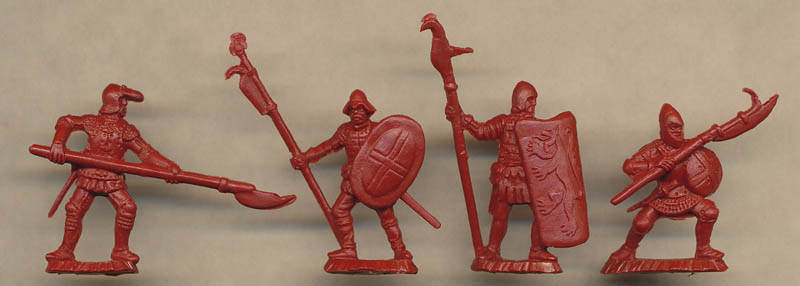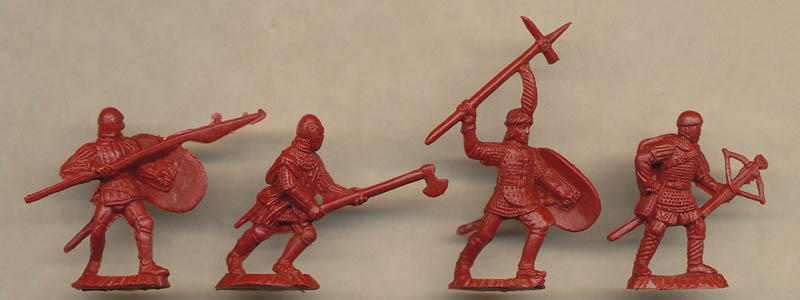
"Ultima Ratio Italian Militiamen 1260-1392" Topic
1 Post
All members in good standing are free to post here. Opinions expressed here are solely those of the posters, and have not been cleared with nor are they endorsed by The Miniatures Page.
Please be courteous toward your fellow TMP members.
For more information, see the TMP FAQ.
Back to the Medieval Discussion Message Board Back to the Plastic Figures Message Board
Areas of InterestGeneral
Medieval
Featured Hobby News Article
Featured Link
Featured Ruleset
Featured Showcase Article Back to the plastic jungle…
Featured Workbench Article Dervel  returns from Mexico with a new vision for making palm trees from scratch. returns from Mexico with a new vision for making palm trees from scratch.
Featured Profile Article
Current Poll
Featured Book Review
|
| Tango01 | 24 Oct 2018 12:05 p.m. PST |
"While Europe generally saw a considerable growth in towns during the medieval period, this was nowhere more marked than in Italy north of the Kingdom of Naples, where a number of towns had become independent city-states with their own administrative and political systems, their own commerce and, of course, their own military forces. The local aristocracy continued to provide the heavy cavalry, but the bulk of the forces were made up of militias recruited either within the city or in the surrounding area under its control. The rural militia – that recruited from the contado or countryside surrounding a city – were generally looked-down upon, and mostly used as labourers and ‘devastators' (used to destroy an enemy's crops and infrastructure). The urban militia however were widely recruited from the middle class and artisans, and were both well-motivated and wealthy enough to purchase better quality equipment, as well as have the time for better training. The militia system reached its peak around the middle of the 13th century, and thereafter declined slowly, partly thanks to the widespread factionalism that constantly caused internal strife throughout the region and meant militias were sometimes more interested in battling themselves than an enemy. As militias declined, so the practice of hiring mercenaries grew (into the condottieri system), which avoided the political problems of militias as the recruits were usually foreigners (i.e. not from that city), and by the last few years of the 14th century this process was largely complete in Northern Italy. We will assume that this set is intended to portray the urban militia, and as such it does a decent job. Although some of the largest states achieved a certain level of uniformity to promote a sense of belonging, for the most part the militia appeared much like any other infantry of the time. The biggest factor governing appearance was the wealth of the individual, and all these appear to be well equipped for their role. All have either mail or padded armour – often a combination of the two – all of which looks reasonable for the period. Some have protection on arms and legs which might be plate metal or the cheaper boiled leather (cuir-bouilli), and one man has an interesting diagonal pattern on his lower legs which are greaves made from plaited wood such as willow. Helmets too are very varied, with no two exactly the same, and again all look authentic, though not necessarily for the earlier part of the stated period. Two helmets have a full face mask, but the first man in the top row has his up, which would be cooler and allow better visibility, but naturally comes with its own risks…."


Full review link
Amicalement
Armand
|
|

